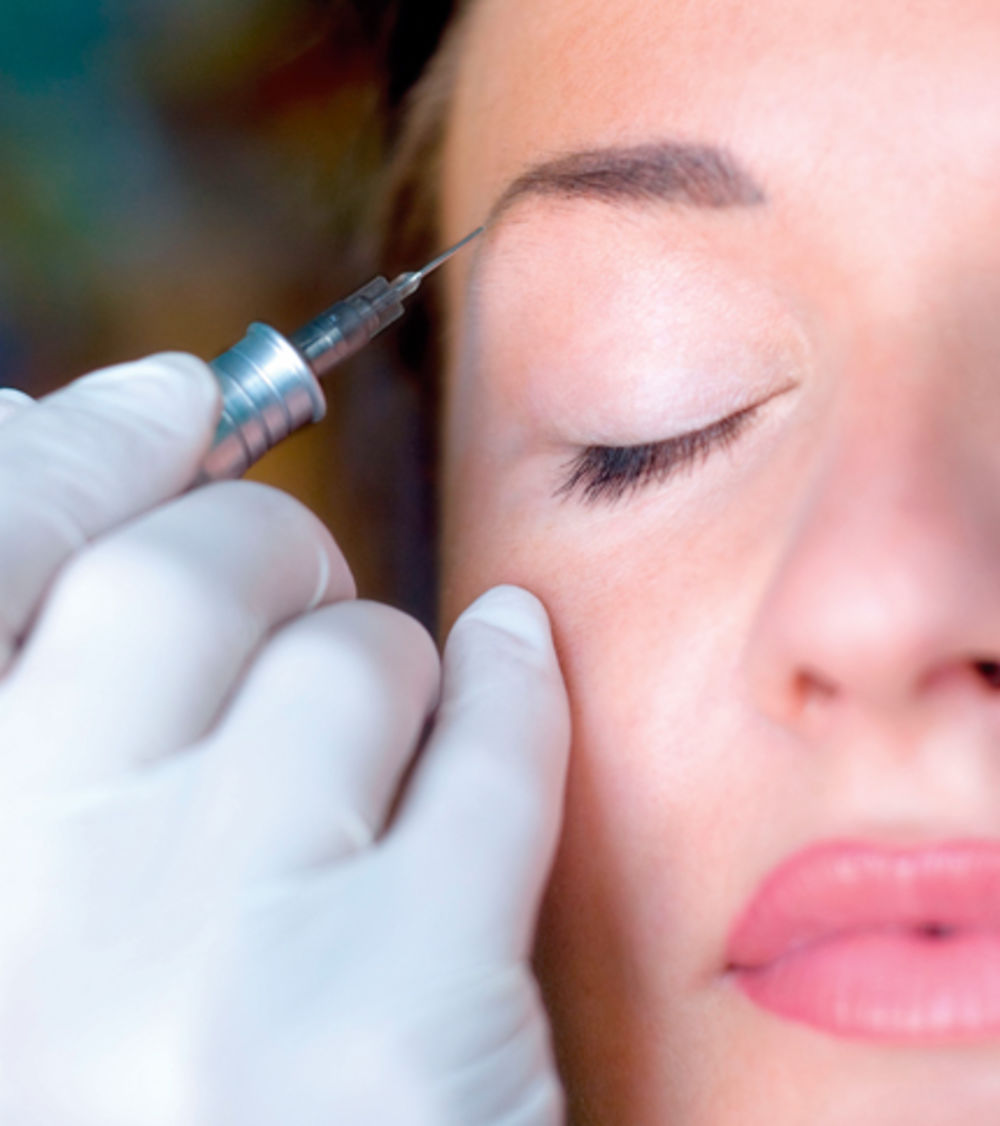
The art of Micro pigmentation or Permanent Make-up is becoming quite the rage these days. As the name implies, this makeup never washes off – which saves you the time and energy of applying it in the morning or after getting out of the pool.
Permanent Cosmetics look natural if applied by a skilled technician with a soft, yet firm touch. Plus, many technicians offer topical anesthetics before and during your procedure so there is little or no discomfort. Plus there is an vast array of natural colored pigments to suit your needs be they cosmetic or reconstructive.
This make-up will fade over time as the pigment is inserted only into the upper layer of the dermis – as the skin gets replaced, over a period of two or three years, the colour fades.
Reasons why women are choosing permanent makeup:
You can have permanent makeup applied to your eyebrow area to help create fuller, more uniform brows. Or, you can have permanent makeup placed as eyeliner in order to make your lashes look thicker. In addition, you can have lip liner perfectly tattooed to your lips, or even have your entire lip tattooed so you never have to apply lipstick again. It’s even possible to have permanent eye shadow applied to your eyelids.
- Busy and stressful lifestyles with little time to keep applying makeup.
- Visual difficulties, contact lenses, hard time putting on makeup without glasses.
- Difficulty applying makeup properly.
- Allergy to mascara and makeup.
- Health challenges: Women who have lost their eyebrows due to alopecia (a form of hair loss) may choose to have “eyebrows” tattooed on, while people with vitiligo (a lack of pigmentation in areas of the skin) may try tattooing to help camouflage the condition.
- Women who enjoy water sports and outdoor activities.
- Aging changes such as arthritis of the hands and joints.
- Injuries to your shoulder or neck which make it hard to apply makeup.
- Convenience. The ability to look good 24 hours a day. To Wake Up With Makeup!
Complications and Risks of Micro pigmentation

As with any cosmetic procedure, micro pigmentation carries risks, which can include infection, removal problems, allergic reactions, granulomas, keloid formation, and MRI complication.
The following are the primary complications that can result from permanent makeup:
- Infection: Unsterile makeup equipment and needles can transmit infectious diseases, such as hepatitis and skin infections caused by Staphylococcus aureus (“staph”) bacteria.
- Removal problems: Despite advances in laser technology, removing makeup is a painstaking process, usually involving several treatments and considerable expense. Complete removal without scarring may be impossible.
- Allergic reactions: FDA has received reports of numerous adverse reactions associated with certain shades of ink in permanent makeup, marketed by a particular manufacturer. However, when they happen they may be particularly troublesome because the pigments can be hard to remove.
- Granulomas: These are nodules that may form around material that the body perceives as foreign, such as particles of makeup pigment.
- Keloid formation: If you are prone to developing keloids — scars that grow beyond normal boundaries — you are at risk of keloid formation from a tattoo. Keloids may form any time you injure or traumatize your skin. Micropigmentation: State of the Art, a book written by Charles Zwerling, M.D., Annette Walker, R.N., and Norman Goldstein, M.D., states that keloids occur more frequently as a consequence of tattoo removal.
- MRI complications: There have been reports of people with permanent makeup who experienced swelling or burning in the affected areas when they underwent magnetic resonance imaging (MRI). This seems to occur only rarely and apparently without lasting effects. There also have been reports of tattoo pigments interfering with the quality of the image. This seems to occur mainly when a person with permanent eyeliner undergoes MRI of the eyes. Mascara may produce a similar effect. The difference is that mascara is easily removable. The cause of these complications is uncertain. Some have theorized that they result from an interaction with the metallic components of some pigments.
However, the risks of avoiding an MRI when your doctor has recommended one are likely to be much greater than the risks of complications from an interaction between the MRI and permanent makeup. Instead of avoiding an MRI, individuals who have tattoos or permanent makeup should inform the radiologist or technician of this fact in order to take appropriate precautions and avoid complications.
Permanent makeup is quickly gaining in popularity. While there are many reasons to get permanent makeup, there are just as many reasons not to. Therefore, you need to way the pros and cons carefully before deciding if permanent makeup tattoos are right for you.
Related Links
Disclaimer
The Content is not intended to be a substitute for professional medical advice, diagnosis, or treatment. Always seek the advice of your physician or other qualified health provider with any questions you may have regarding a medical condition.
